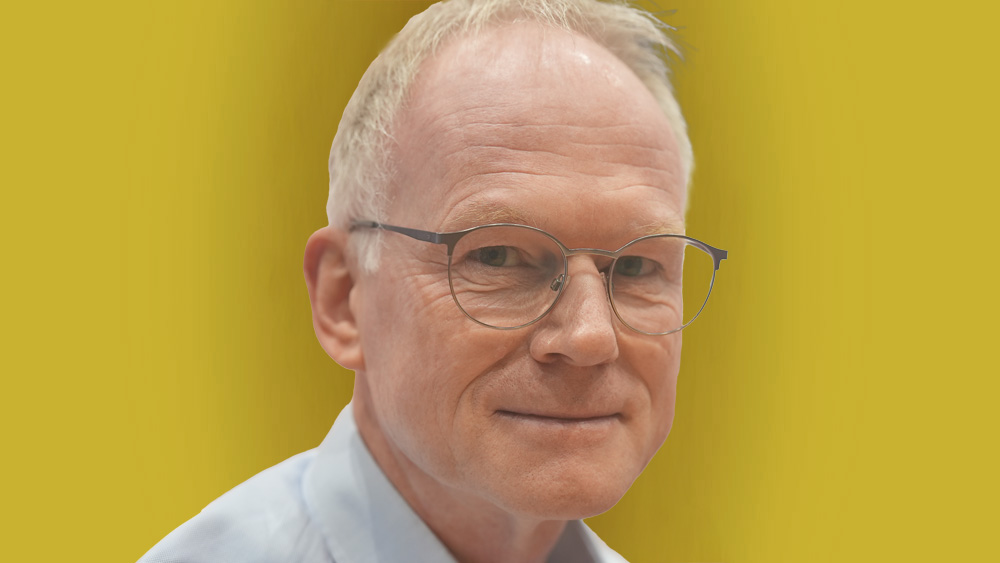Your cart is currently empty!

5 billion for chips in the Netherlands
Semiconductors form the foundation of our future. If we don’t maintain the foundation, we lose the house, argues industry veteran André van Geelen.
The Netherlands must structurally invest five billion euros per year in strengthening its innovation capacity – with the majority going to the semiconductor sector. Because without chips, nothing works anymore. Telecom, AI, logistics, cars, defense – all depend on ICs.
Semiconductors are the silent engine of the modern economy. The Dutch position in chip technology is strong, but it seems so self-evident that we barely realize continuous investment is still necessary. We spend significantly less on this strategic industry than on defense, even though our defense completely depends on chip technology. If we want to maintain a strategic position in semiconductors, we must structurally support our knowledge base.
Semiconductors drive innovation in nearly everything. Looking at the global industry, it’s clear that economic growth, technological progress and our digital infrastructure all rely on semiconductors. Chips are in everything that moves, measures or communicates.
The countries that understand this – the United States, China and South Korea – treat their semiconductor industry as a national strategic asset. They plan ten years ahead, investing in both production and knowledge. Their governments, industries and educational systems are closely interwoven into a single, well-coordinated engine.
The Netherlands, by contrast, divides small amounts of money across dozens of fragmented programs. Startups, scale-ups and mature companies all fall under different schemes, provinces have their own policies and no one guards the long-term line. That fragmentation is deadly.
If we want to preserve the Netherlands’ economic and geopolitical position, we must now show the courage to invest structurally. Not through scattered subsidy pots, but through a long-term investment fund of five billion euros per year – roughly one percent of GDP.
Where should that money go? First, to system integration. The future of the semiconductor industry lies not only in the chip itself, but in how electronics, photonics and RF technologies are combined into intelligent systems. In Germany, Finland and Belgium, governments are already investing millions in pilot lines for advanced interconnection technologies for heterogeneous integration and co-packaged optics. The Netherlands is far behind. We must build our own capacity in systems-in-package, hybrid integration and thermal design – the areas where value creation will take place in the coming decades.
Second, to knowledge and design. The Netherlands was once a leader in IC design and systems architecture, but that expertise is eroding. Yet, it’s precisely design that determines how efficient and sustainable our future chips will be. A substantial share of the five billion should go toward design programs, joint research facilities and the reconstruction of our design competence.
Third, to education and talent development. We have excellent universities, but too few graduates see their future in the Netherlands. With structural investments in semiconductor education, PhD programs and collaboration between companies and knowledge institutions, we can retain the international talent that studies here. Twenty out of thirty graduates would like to stay, but only if an ecosystem exists that offers them a future.
Major players like ASML and NXP must also be included. They ensure that the ecosystem around them grows and thrives. A sensible allocation would be: 60 percent to large companies that anchor the ecosystem, 30 percent to medium-sized high-tech companies with global potential and 10 percent to startups opening new niches.
These investments yield not only jobs and exports, but also strategic autonomy. Without our own knowledge and technology, we remain dependent on others – something Europe has experienced repeatedly, such as during the pandemic. Semiconductors aren’t just another industry; they determine whether we can control our digital and industrial future ourselves.
The Netherlands holds unique strengths: world-class players like ASML, top-tier research institutes and a compact, agile high-tech cluster. What’s missing is scale and consistency. Those five billion euros per year aren’t an investment in a castle in the air; they strengthen the engine that already drives our economy. Anyone who thinks this is too much money should consider the alternative: dependence, loss of knowledge and a crumbling manufacturing base.
Semiconductors form the foundation of our future. If you don’t maintain the foundation, you lose the house. It’s time for the Netherlands to stop hesitating and take a decisive step – by structurally investing in knowledge, technology and strategic independence. Starting with five billion euros per year for semiconductors.


